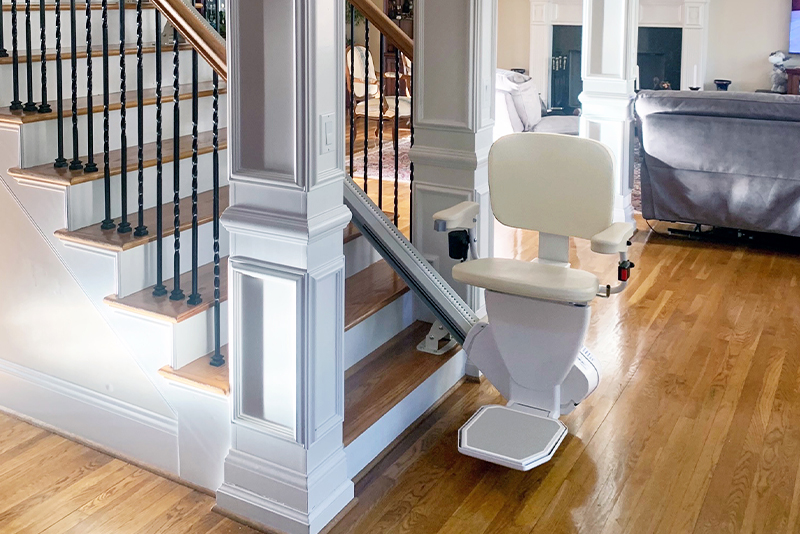by leeashworth61
Share
by leeashworth61

As more families choose to live together in multigenerational households, it’s essential to create a home environment that meets the needs of all family members, regardless of age or ability. Here are some practical tips for modifying your home to accommodate both older adults and younger family members.
1. Create Separate Living Spaces
One of the most effective ways to ensure comfort and privacy in a multigenerational home is to create distinct living areas. This can be achieved by:
- Designating Rooms: Assign specific rooms for different family members, such as a separate suite for grandparents or adult children. This allows for personal space while still being close to family.
- Utilizing Basements or Attics: If your home has an unfinished basement or attic, consider converting these spaces into living areas. This can provide additional privacy and independence for older adults or young adults returning home.
- Adding an In-Law Suite: If space and budget allow, consider building an in-law suite with a small kitchenette and bathroom. This can be a great option for older family members who desire independence while remaining close to loved ones.
2. Install Universal Design Features
Incorporating universal design principles can make your home more accessible and comfortable for everyone. Consider the following modifications:
- Wide Doorways and Hallways: Ensure that doorways and hallways are wide enough to accommodate wheelchairs and walkers, making it easier for older adults to navigate the home.
- Grab Bars and Handrails: Install grab bars in bathrooms and handrails on staircases to provide support for those with mobility challenges.
- Non-Slip Flooring: Choose flooring materials that are slip-resistant to reduce the risk of falls, especially in high-traffic areas like kitchens and bathrooms.
3. Ensure Adequate Privacy
While multigenerational living promotes togetherness, privacy is crucial for maintaining harmony. Here are some ways to enhance privacy:
- Soundproofing: Consider soundproofing shared walls or using rugs and curtains to absorb noise. This can help create a quieter environment, especially during late-night or early-morning hours.
- Strategic Layout: Arrange furniture and use room dividers to create visual barriers in shared spaces. This can help delineate areas for different activities, such as studying or relaxing.
4. Focus on Accessibility
Making your home accessible is vital for ensuring that all family members can move around safely and comfortably. Key considerations include:
- Accessible Bathrooms: Modify bathrooms to include walk-in showers, raised toilets, and accessible sinks. This can make bathing and personal care easier for older adults.
- Kitchen Modifications: Design kitchens with varying countertop heights and accessible storage options. This allows everyone, regardless of height or mobility, to participate in meal preparation.
5. Foster a Supportive Environment
Creating a supportive atmosphere is essential for the well-being of all family members. Here are some tips:
- Open Communication: Encourage family discussions about needs and preferences. This can help everyone feel valued and included in the decision-making process.
- Shared Activities: Plan regular family activities that cater to all ages, such as game nights or cooking together. This fosters bonding and strengthens family ties.
By implementing these tips, you can create a safe and comfortable multigenerational living space that accommodates the diverse needs of your family. Embracing the challenges and joys of living together can lead to a richer, more fulfilling family experience.
An affordable solution to enhance accessibility and reduce fall risks.
Discover how in-law suites can provide independence and comfort for your aging loved ones while keeping them close to family.
Ensuring Safe and Easy Access to All Levels of Your Home
Don't Compromise Safety and Accessibility in Your Senior-Friendly Home Renovation







